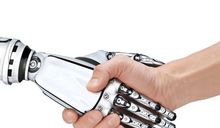
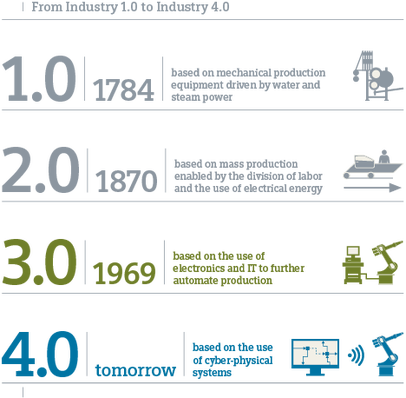
Yet, since the beginning of the third industrial revolution about 40 years ago, job insecurity has steadily increased as the life cycle of relevant skills has decreased (Blanchflower and Oswald, 2011).
This trend could continue with the AI-enabled fourth industrial revolution. While having the potential to significantly improve productivity, AI could dramatically reduce the need for workers and present serious challenges for healthcare industries, governments and individuals (Schwab, 2015).

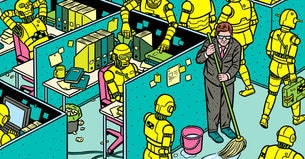
Gig economy, volunteerism and citizen science could potentially provide such a purpose. But Uber-like platforms are built for "lone wolf" and low skilled kind of jobs, while collaborative research, in its current form, works best for environmental sciences. Besides, it increases expectations that research for the public good should be done by volunteers rather than paid professionals.
To prepare for the new automated future, we need completely new collaboration platforms that help master and utilize high level skills. We'll share our thoughts about it next time.
International Happiness: A New View on the Measure of Performance Academy of Management Perspectives, 25 (1), 6-22
Klaus Schwab. The Fourth Industrial Revolution. World Economic Forum; 2015
Goldsmith, Oliver Scott. "The Alaska Permanent Fund Dividend: A Case Study in Implementation of a Basic Income Guarantee." (2010).


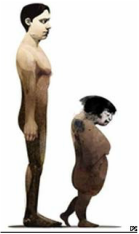


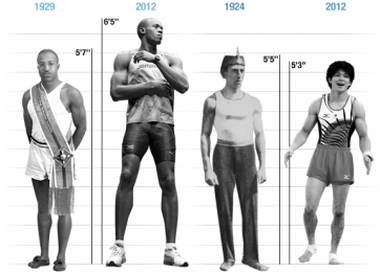


 RSS Feed
RSS Feed
